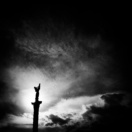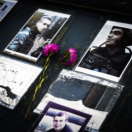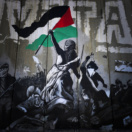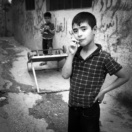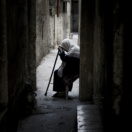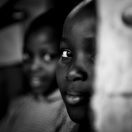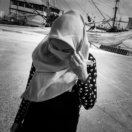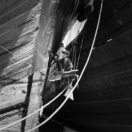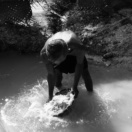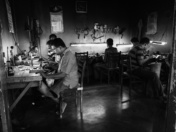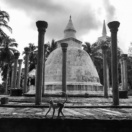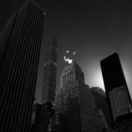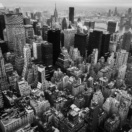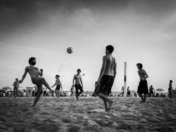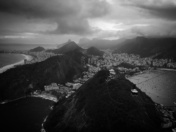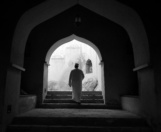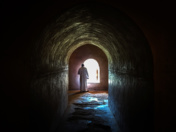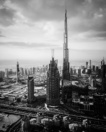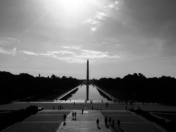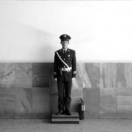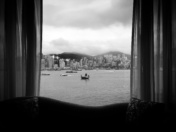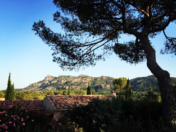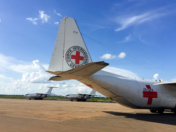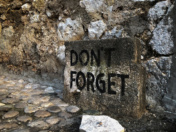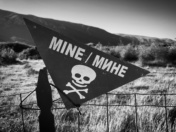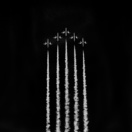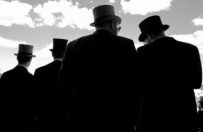Kiev, Ukraine.
Maidan square.
Kiev, Ukraine.
Soldier take a rest in Kiev.
Kiev, Ukraine.
Maidan square.
Bethlehem, Palestine.
Bethlehem wall graffiti.
Bethlehem, Palestine.
Bethlehem street scene.
Bethlehem, Palestine.
Bethlehem street scene.
Nablus, Palestine.
Nablus street scene.
Nairobi, Kenya.
Kibera slum is located in Nairobi. It is the biggest and the poorest African slum
Nairobi, Kenya.
Kibera slum is located in Nairobi. It is the biggest and the poorest African slum
Jakarta, Indonesia.
Jakarta, Indonesia.
Jakarta, Indonesia.
Sri Lanka.
Sri Lanka.
Sri Lanka.
Sri Lanka.
Sri Lanka
Sri Lanka.
New York, USA.
New York, USA.
New York, USA.
New York, USA.
Miami, USA.
Rio de Janeiro, Brasil.
Rio de Janeiro, Brasil.
Rio de Janeiro, Brasil.
Dubaï, UAE.
3×3 tournament . Mies, Switzerland.
Oman
Oman
Oman
Dubaï.
Burj Khalifa Tower.
Washington, USA.
Washington Monument taken from Lincoln Memorial in Washington DC
Washington, USA.
Washington Monument taken from Lincoln Memorial in Washington DC
Beijing, China.
A policeman guards the subway entrance to Tiananmen Square during the daily sunrise flag-raising ceremony
Hong Kong.
Hong Kong
South of France.
Le Muy.
Juba Airport.
Entoto Maryam Church,
Entoto Mountain, Ethiopia.
Mostar, Bosnia Herzegovina.
Old city of Mostar.
Mostar, Bosnia Herzegovina.
A ‘Don’t Forget Sign’ is displayed as the city of Mostar remembers the 1993 conflict . The Siege of Mostar peaked in 1993 during the Croat-Bosniak conflict lasting eighteen months as fighting took place as Bosnia and Herzegovina declared independence from Yugoslavia. The city was divided in half between the two battling armies. Mostar, dating back over four hundred years, was mostly destroyed through the fighting. Although reconstruction has slowly commenced in the last decades, evidence of the war remains in bullet ravaged buildings still standing throughout the city. The Siege of Mostar reached its peak and more cruent time during 1993. Initially, it involved the Croatian Defence Council (HVO) and the 4th Corps of the ARBiH fighting against the Yugoslav People’s Army (JNA) later Croats and Muslim Bosnian began to fight amongst each other, it ended with Bosnia and Herzegovina declaring independence from Yugoslavia.
Mostar, Bosnia Herzegovina.
Bosnia and Herzegovina will not be landmine-free by 2019 as previously promised because of a lack of funds, campaigners warned on International Mine Awareness Day.According to BosniaÕs Mine Action Centre, there are still more than 80,000 landmines left over from the war of the country.More than 1,000 square kilometres of possibly hazardous territory remain uncleared – 2.2 per cent of the country in total.The problem is present in 129 of the countryÕs 143 municipalities, and the most dangerous areas are around Doboj, Teslic, Maglaj, Usora, Zavidovici, Gornji Vakuf, Sanski Most, Velika Kladusa, Travnik and Ilijas.Since 1996, more than 3,000 square kilometres have been cleared.However, more than 1,750 people were victims of landmine incidents – including at least 612 fatalities – during this period.Since the end of the war in Croatia in late 1995, 200 people have been killed by landmines – including both civilians and deminers – and 385 wounded, according to the Croatian Mine Action Centre, the state institution responsible for demining.
Mostar, Bosnia Herzegovina.
The Siege of Sarajevo was the longest siege of a capital city in the history of modern warfare. After being initially besieged by the forces of the Yugoslav People’s Army, Sarajevo, the capital of Bosnia and Herzegovina, was besieged by the Army of Republika Srpska from 5 April 1992 to 29 February 1996 (1,425 days) during the Bosnian War. The siege lasted three times longer than the Battle of Stalingrad and more than a year longer than the Siege of Leningrad.
When Bosnia and Herzegovina declared independence from Yugoslavia after the Bosnian independence referendum, 1992, the Bosnian SerbsÑwhose strategic goal was to create a new Bosnian Serb state of Republika Srpska (RS) that would include Bosniak-majority areasÑencircled Sarajevo with a siege force of 13,000 stationed in the surrounding hills. From there they assaulted the city with artillery, tanks and small arms. From 2 May 1992, the Serbs blockaded the city. The Bosnian government defence forces (ARBiH) inside the besieged city, numbering some 70,000 troops, were poorly equipped and unable to break the siege.
A total of 13,952 people were killed during the siege, including 5,434 civilians. The ARBiH suffered 6,137 fatalities, while Bosnian Serb military casualties numbered 2,241 soldiers killed. The 1991 census indicates that before the siege the city and its surrounding areas had a population of 525,980. There are estimates that prior to the siege the population in the city proper was 435,000. The estimates of the number of persons living in Sarajevo after the siege ranged from between 300,000 and 380,000.
After the war, the International Criminal Tribunal for the former Yugoslavia (ICTY) convicted two Serb officials for numerous counts of crimes against humanity committed during the siege. Stanislav Gali? and Dragomir Milo?evi? were sentenced to life imprisonment and 29 years imprisonment respectively. One of the 11 indictments against Radovan Karad?i?, the former president of the
Members of the Frecce Tri Colori aerobatic display squad perform an aerial display in Dubai, United Arab Emirates.
Lac Leman, Switzerland .
Race-goers watch the first race from the Royal Enclosure during the second day of Royal Ascot, in Berkshire, west of London,The five-day meeting is one of the highlights of the horse racing calendar. Horse racing has been held at the famous Berkshire course since 1711 and tradition is a hallmark of the meeting. Top hats and tails remain compulsory in parts of the course while a daily procession of horse-drawn carriages brings the Queen to the course.
Race-goers watch the first race from the Royal Enclosure during the second day of Royal Ascot, in Berkshire, west of London,The five-day meeting is one of the highlights of the horse racing calendar. Horse racing has been held at the famous Berkshire course since 1711 and tradition is a hallmark of the meeting. Top hats and tails remain compulsory in parts of the course while a daily procession of horse-drawn carriages brings the Queen to the course.
Man walking in alleyway of old traditional village of Misfat al Abryeen in Oman.
TASHKENT, UZBEKISTAN .
After the rain.
